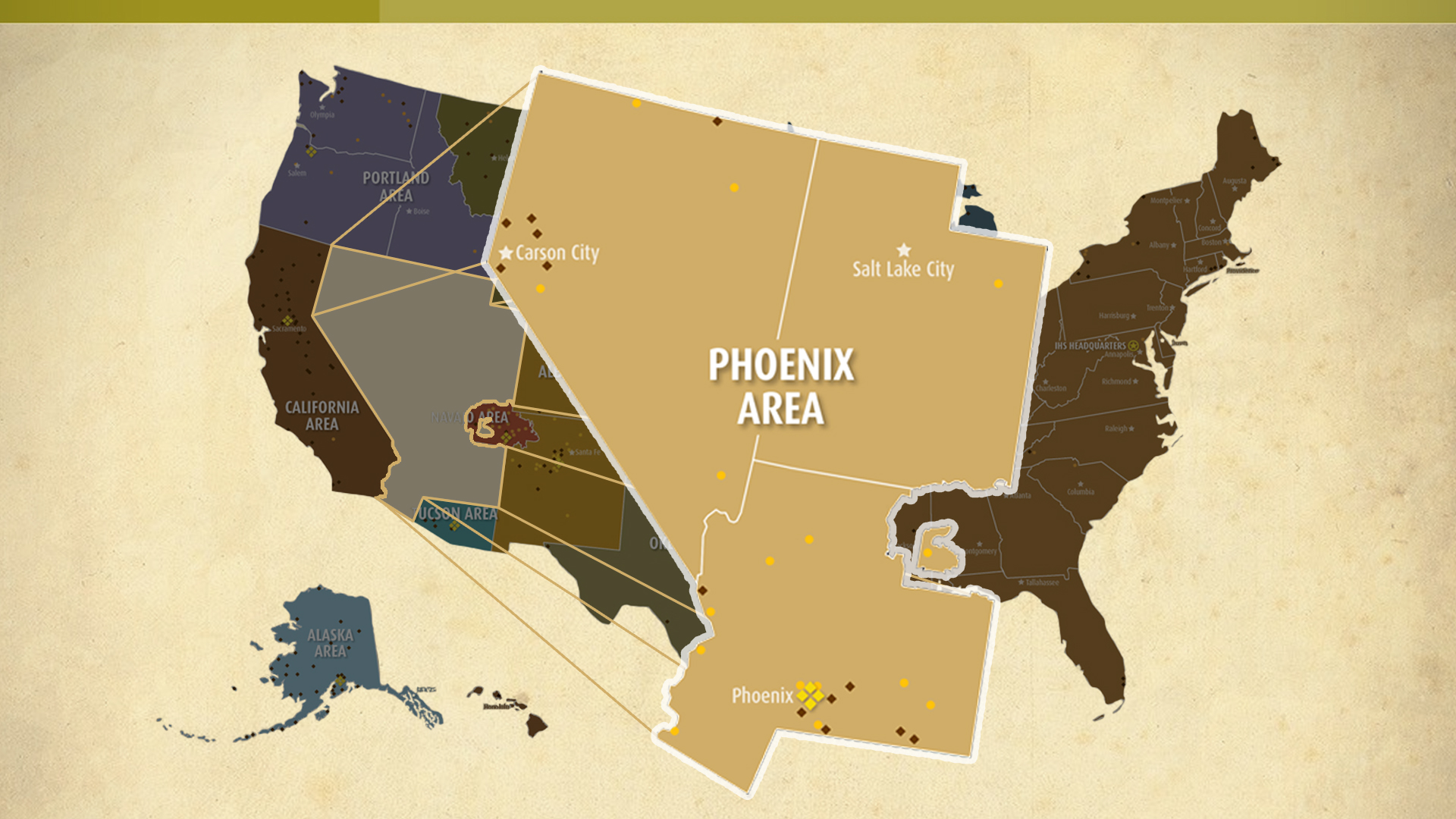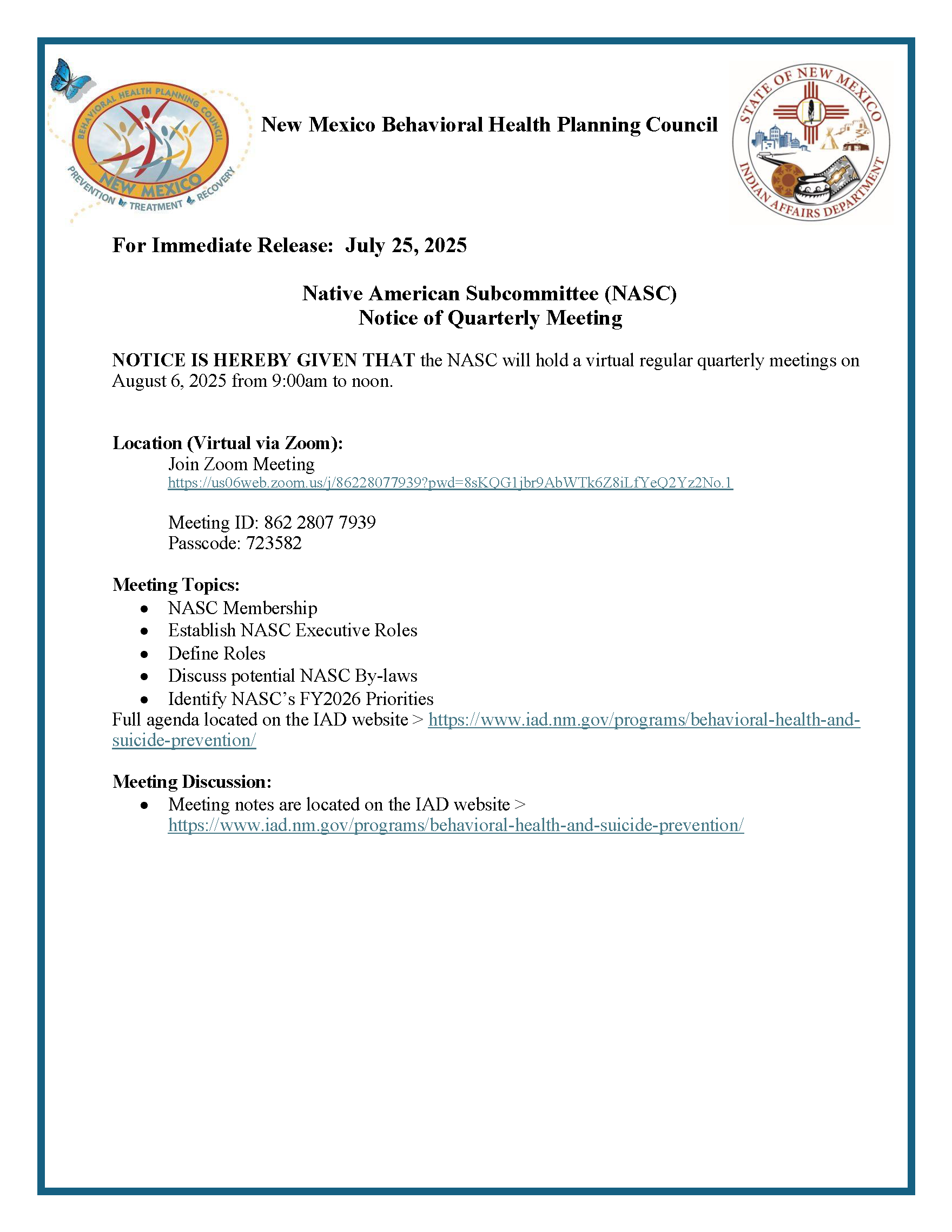
Mapping Resilience: A Journey Through Native American Health Clinics
A map charting Native American health clinics across the United States is far more than a mere directory of medical facilities. It is a vibrant, living document – a cartographic narrative of resilience, identity, historical trauma, and profound self-determination. For the traveler and history enthusiast, this map transforms from a simple guide into an invitation to understand the enduring spirit of Indigenous peoples, revealing the deep connections between land, health, and sovereignty that define Native American communities today.
The Landscape of Care: What the Map Reveals
Imagine a map dotted with hundreds of locations, each representing a healthcare provider serving Native American and Alaska Native populations. These dots aren’t uniformly distributed; they cluster near reservations, stretch into remote rural areas, and appear in urban centers far from ancestral lands. This intricate web comprises several types of facilities: hospitals, clinics, dental offices, mental health centers, and public health units. The primary federal provider is the Indian Health Service (IHS), an agency within the U.S. Department of Health and Human Services, directly operating some facilities. However, a significant and growing number are managed by tribes themselves, under what’s known as "638 contracts" (referring to Public Law 93-638, the Indian Self-Determination and Education Assistance Act of 1975). A third crucial component includes Urban Indian Health Organizations (UIHOs), which serve the more than 70% of Native Americans who live in cities, often disconnected from reservation-based services.

What this map immediately conveys is a stark reality: healthcare access for Native Americans is a complex tapestry woven from federal obligations, tribal sovereignty, and the ongoing struggle against historical inequities. Each dot represents not just a building, but a community’s fight for well-being, often against immense odds.
A Legacy Forged in Treaties and Trauma
To truly appreciate the significance of these clinics, one must delve into the historical context that underpins their existence. The obligation of the U.S. federal government to provide healthcare to Native Americans is not charity; it is a treaty right, a fundamental component of agreements forged in the 18th and 19th centuries. In exchange for vast tracts of land and resources, tribes were often promised essential services, including healthcare, education, and protection. These promises, frequently broken or inadequately fulfilled, form the legal and moral bedrock of the Indian Health Service.
However, the path to contemporary Native American healthcare is also paved with immense historical trauma. European colonization introduced devastating diseases like smallpox, measles, and influenza, to which Native populations had no immunity, leading to catastrophic population declines. Beyond disease, forced removals (like the Trail of Tears), genocidal policies, and the systematic destruction of traditional ways of life severed connections to land, traditional foods, and spiritual practices – all integral to Indigenous health and well-being. The boarding school era, which violently suppressed Native languages, cultures, and family structures, inflicted intergenerational trauma whose effects reverberate through communities today, manifesting in higher rates of chronic disease, mental health challenges, and substance abuse.

The establishment of the IHS in 1955, building on earlier federal efforts, was an attempt to fulfill these treaty obligations, yet it has been persistently plagued by chronic underfunding. For decades, Native Americans have received per capita healthcare funding significantly lower than that of other U.S. citizens, leading to understaffed clinics, outdated equipment, and limited services. This systemic neglect has contributed to profound health disparities that continue to challenge Native communities.
Identity, Culture, and the Holistic Path to Healing
The map of health clinics also powerfully illustrates the profound connection between identity, culture, and health for Native peoples. Unlike Western biomedical models that often separate mind and body, traditional Indigenous healing systems are inherently holistic. Health is understood as a balance between physical, mental, emotional, and spiritual well-being, deeply intertwined with family, community, land, and ancestors.
This holistic worldview is increasingly being integrated into modern Native American health clinics. Many tribal-run facilities, in particular, are at the forefront of culturally competent care. This might include:

- Integration of Traditional Healers: Collaborating with elders and traditional medicine practitioners, offering patients choices between Western medicine and traditional healing practices.
- Language Services: Ensuring care is accessible in Native languages, recognizing the vital link between language, thought, and healing.
- Cultural Spaces: Designing clinics with architectural elements, art, and sacred spaces that reflect tribal traditions and foster a sense of belonging and spiritual comfort.
- Addressing Historical Trauma: Implementing trauma-informed care models that acknowledge and actively address the ongoing impacts of colonization and historical injustices on mental and physical health. Programs might focus on intergenerational healing, cultural revitalization, and community-building as therapeutic interventions.
- Community-Led Wellness: Developing health programs that are deeply rooted in community needs and cultural practices, from traditional food initiatives that combat diabetes to culturally specific mental health counseling that incorporates storytelling and ceremony.

These efforts are not merely "add-ons"; they are fundamental to effective care. When healthcare respects and reinforces a patient’s cultural identity, it empowers them, builds trust, and promotes more sustainable healing outcomes. The clinics, therefore, become not just places for medical treatment but vital centers for cultural preservation, community cohesion, and the affirmation of Indigenous identity.
Sovereignty in Sickness and Health: A Path Forward
The most transformative aspect revealed by this map, especially concerning tribal-run facilities, is the concept of Native American self-determination and sovereignty in healthcare. The Indian Self-Determination and Education Assistance Act of 1975 allowed tribes to contract with the federal government to run their own healthcare programs, bypassing direct IHS management. This shift empowered tribes to tailor services to their specific cultural contexts, local needs, and unique health challenges.
This move toward tribal management represents a profound reclaiming of authority. It signifies a departure from paternalistic federal oversight and an embrace of self-governance, allowing tribes to invest in prevention, wellness programs, and culturally appropriate interventions that are often more effective because they are designed by and for the community. The map, therefore, is also a testament to this ongoing process of decolonization in healthcare – a visual representation of tribes asserting their right to determine their own futures, including their health and well-being.
Despite these advancements, significant challenges persist. Chronic underfunding remains the primary obstacle, leading to persistent health disparities compared to the general U.S. population in areas like diabetes, heart disease, infant mortality, and access to specialty care. Rural clinics often struggle with physician recruitment and retention. However, the innovations and successes within tribally managed systems offer powerful models for culturally relevant, community-driven healthcare that could inform health systems far beyond Indian Country.
For the Traveler and History Educator: Why This Map Matters
For anyone traveling through the United States or seeking a deeper understanding of its history, this map of Native American health clinics offers invaluable insights:
- Challenges Stereotypes: It directly counters the notion that Native Americans are a "vanished" people, instead highlighting their vibrant presence and ongoing contributions. Each clinic signifies a living community.
- Reveals a Living History: It connects contemporary issues to historical treaties and policies, making abstract concepts tangible. Understanding the roots of health disparities provides a richer, more accurate historical narrative.
- Encourages Respectful Engagement: Knowing about these facilities can prompt travelers to engage with Native communities with greater awareness and respect, understanding the context of their daily lives and the importance of their self-governance.
- Highlights Resilience and Innovation: The map showcases Native American resilience in the face of immense adversity. It demonstrates how communities are not just surviving but thriving and innovating in healthcare, often against incredible odds.
- Educates on Sovereignty: It provides a concrete example of tribal sovereignty in action, illustrating how Indigenous nations are exercising their inherent rights to govern and care for their people.
In conclusion, the map of Native American health clinics is more than a navigational tool; it is a profound educational resource. It charts not just medical facilities, but the enduring spirit of Indigenous nations, their historical struggles, their cultural vibrancy, and their unwavering commitment to self-determination. It invites us to look beyond the surface, to understand the complex tapestry of history, identity, and health that shapes Native American communities today, urging us to recognize their profound resilience and the ongoing journey towards holistic well-being.
